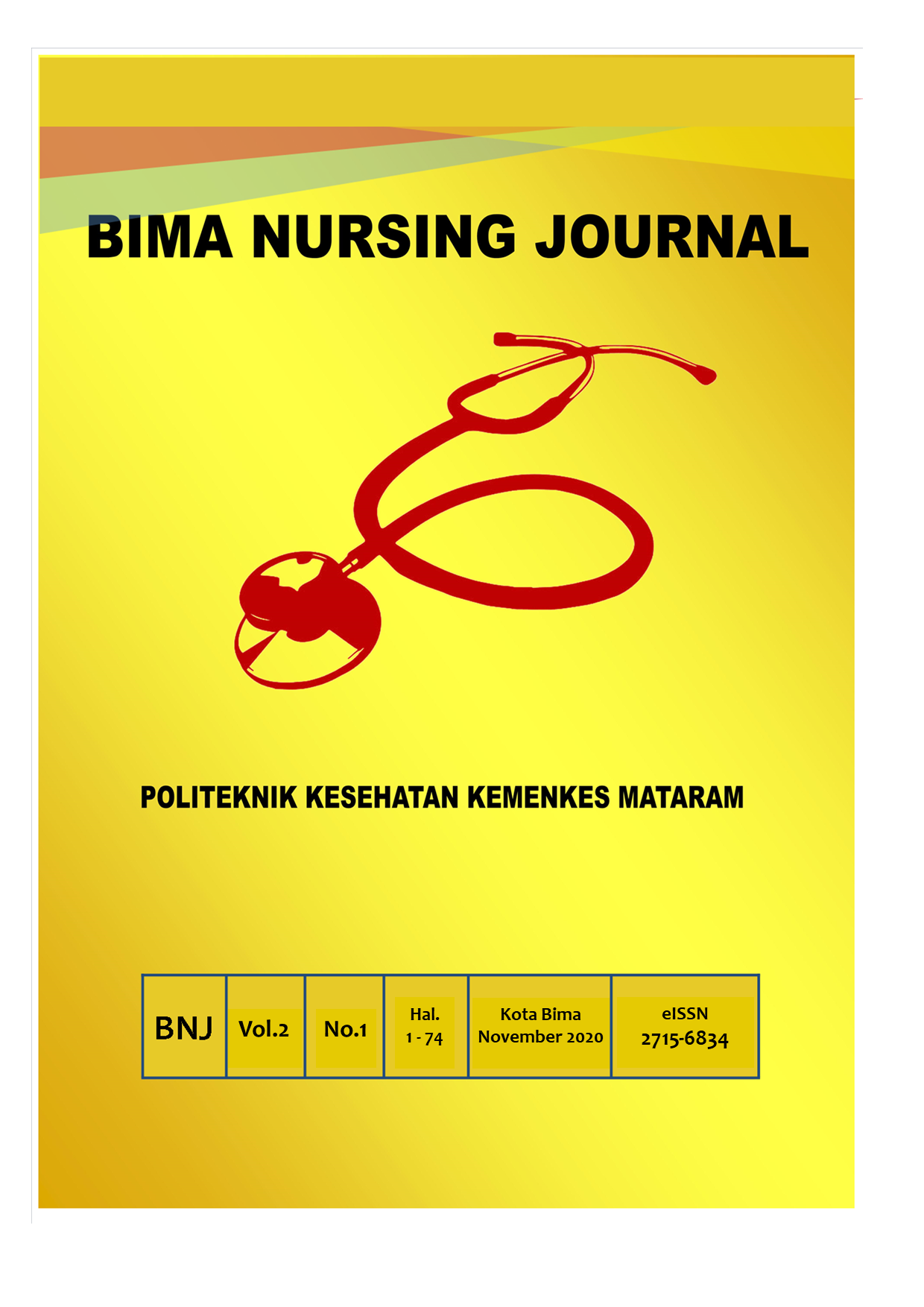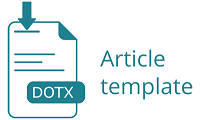Pengalaman Keluarga Berkomunikasi dengan Lansia di Wilayah Kerja Puskesmas Pemenang Kabupaten Lombok Utara
DOI:
https://doi.org/10.32807/bnj.v2i1.620Keywords:
Elderly, Family, CommunicationAbstract
The number of elderly continues to increase in line with advances in the health sector accompanied by an increase in life expectancy and a decrease in mortality. Various problems in the life of the elderly in Indonesia, such as health problems, social welfare and the absence of adequate income. This causes many families to no longer respect the elderly as parents and treat them harshly, both physically and verbally, in the form of using harsh language, curses and curses on the elderly. This study uses a qualitative method with a phenomenological approach, to explore family experiences communicating with the elderly at home in the Work Area of the Puskesmas Pemenang, North Lombok. The results showed that families have good experiences when communicating with the elderly, for elderly families are parents who are role models, the family always supports the elderly to communicate and interact with family members at home, regardless of the various obstacles and challengesReferences
Arrum, R. K., Herawati, D. M. D., & Dwipa, L. (2020). Nutritional Intake And Affecting Factors of Edelry People Living at Nursing Home. Jurnal Kesehatan Prima, 8(1), 155–165.
Backonja, U., Kim, K., Casper, G. R., Patton, T., Ramly, E., & Brennan, P. F. (2012). Observations of daily living: putting the “personal†in personal health records. In NI 2012: 11th International Congress on Nursing Informatics, June 23-27, 2012, Montreal, Canada. (Vol. 2012). American Medical Informatics Association.
Ellis, P., & Abbott, J. (2017). Communication at the heart of leadership: the seven Cs. Journal of Kidney Care, 2(3), 182–183. https://doi.org/10.12968/jokc.2017.2.3.182
Maylasari, I., Rachmawati, Y., Wilson, H., Nugroho, S. W., Sulistyowati, N. P., & Dewi, F. W. R. (2019). Statistik Penduduk Lanjut Usia di Indonesia 2019. Badan Pusat Statistik. Jakarta.
Muhtar. (2013). Pemberdayaan Keluarga Dalam Peningkatan Self Efficacy Dan Self Care Activity Keluarga Dan Penderita Tb Paru (Family Empowerment in Increasing Self-Effi cacy and Self-Care Activity of Family and Patients with Pulmonary Tb). Jurnal Ners (Vol. 8). https://doi.org/http://dx.doi.org/10.20473/jn.v8i2.3826
Muhtar, & A. Haris. (2016). Penerapan Asuhan Keperawatan Keluarga dalam Meningkatkan Self Care Behavior Penderita Tuberkulosis Paru di Kota Bima Nusa Tenggara Barat. Jurnal Kesehatan Prima, I0(1), 1579–1587. https://doi.org/10.32807/jkp.v10i1.29
Muhtar, M., & Aniharyati, A. (2019). Dukungan Pemenuhan Activity Daily Living (ADL) Pada Lanjut Usia di Balai Sosial Lanjut Usia Meci Angi. Bima Nursing Journal, 1(1), 64–69. Retrieved from http://jkp.poltekkes-mataram.ac.id/index.php/bnj/index
Muhtar, M., Haris, A., & Aniharyati, A. (2019). Penerapan Model Discharge Planning Terstruktur Dan Home Care Dalam Meningkatkan Self Care Penderita Tuberkulosis Paru Di Rumah Sakit Umum Daerah Bima Nusa Tenggara Barat. Buletin Penelitian Sistem Kesehatan, 22(1), 19–26. https://doi.org/10.22435/hsr.v22i1.69
Prabasari, N. A., Juwita, L., & Maryuti, I. A. (2017). Pengalaman Keluarga Dalam Merawat Lansia Di Rumah (Studi Fenomenologi). Jurnal Ners Lentera, 5(1), 56–68.
Taviyanda, D., & Aris Siswanto. (2016). Penerapan Fungsi Afektif Keluarga Pada Lansia Dalam Pemenuhan Activity Daily Living Application. Jurnal Penelitian Keperawatan, 2(2), 144–149. https://doi.org/10.1017/CBO9781107415324.004
Tenforde, M., Jain, A., & Hickner, J. (2011). The value of personal health records for chronic disease management: what do we know? Family Medicine-Kansas City, 43(5), 351.
Wang, T., & Dolezel, D. (2016). Usability of Web-based Personal Health Records: An Analysis of Consumers’ Perspectives. Perspectives in Health Information Management, 13.
Wulandari, S. T., & Marliana, Y. (2019). Senam Kebugaran Lansia Memengaruhi Tekanan Darah Pada Wanita Menopause. Jurnal Kesehatan Prima, 13(1), 18–24.
Downloads
Published
How to Cite
Issue
Section
License
The author who submits the manuscript does so with the understanding that if accepted for publication, the copyright of the article will be submitted to the Bima Nursing Journal Unit Research and Community of Polytechnic of Mataram as the publisher of the journal.
Copyright includes the exclusive right to reproduce and transmit this article in all forms and media, including reprints, photographs, microfilms, and other similar reproductions, as well as its translations. Reproduction of any part of this journal, its storage in the database and its transmissions by any form or media, such as electronic, electrostatic and mechanical copies, photocopies, recordings, magnetic media, etc. shall be permitted only by written permission of the Bima Nursing Journal Unit Research and Community of Polytechnic of Mataram.
The Bima Nursing Journal Unit Research and Community of Polytechnic of Mataram, Editor In Chief and Team Editor strive to ensure that no data or statements are false or misleading, published or published. in the journal.
Â
Â
Every accepted manuscript should be accompanied by the "Copyright Transfer Agreement" prior to the article publication.
Â






